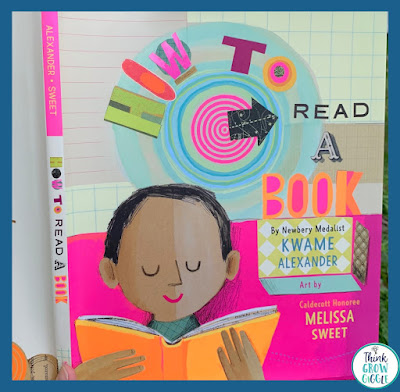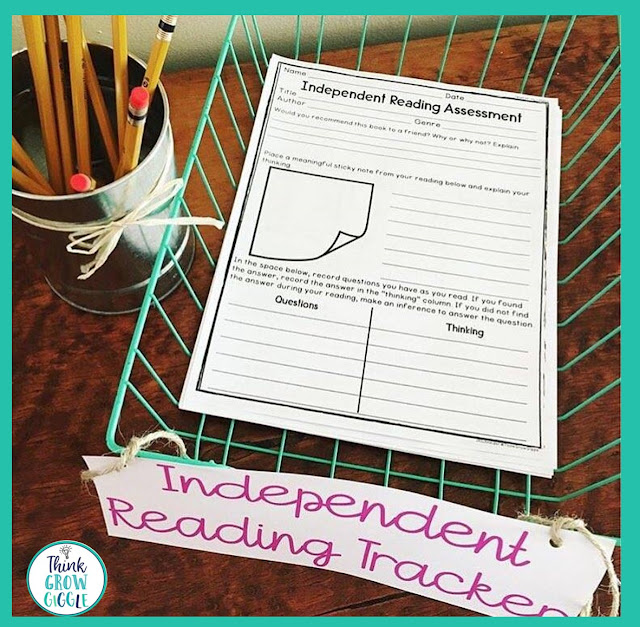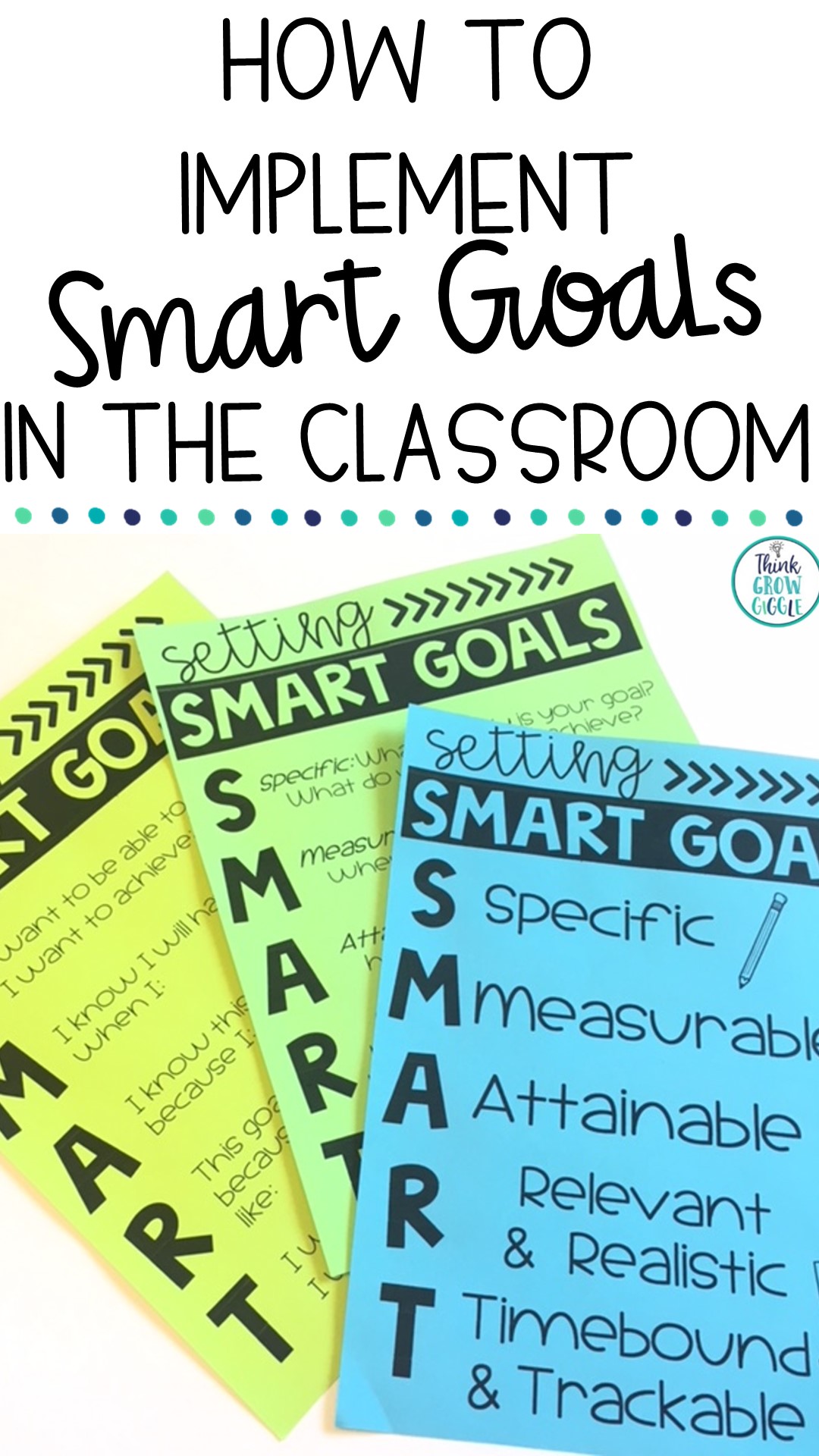If your classroom is like mine, than
there are many different reading times throughout the day.
There is formal independent reading time during reading workshop, silent reading after specials or recess, and the all-encompassing "read a book" direction that you give when a time filler is needed.
This means that students are probably reading different books, at different times, throughout the day. With each different reading time comes different objectives and expectations for students. Often time the expectations can become muddled if students do not fully understand the difference between each reading block of time.
Taking the time at the beginning of the year to explain the different types of reading that will take place in your classroom is a must! It allows students to understand how they will be held accountable and helps them to select appropriate books to read during the different reading times throughout the day.
So what exactly does each of my reading blocks of time look like?
There is formal independent reading time during reading workshop, silent reading after specials or recess, and the all-encompassing "read a book" direction that you give when a time filler is needed.
This means that students are probably reading different books, at different times, throughout the day. With each different reading time comes different objectives and expectations for students. Often time the expectations can become muddled if students do not fully understand the difference between each reading block of time.
Taking the time at the beginning of the year to explain the different types of reading that will take place in your classroom is a must! It allows students to understand how they will be held accountable and helps them to select appropriate books to read during the different reading times throughout the day.
So what exactly does each of my reading blocks of time look like?
Independent Reading
In my classroom, independent reading is
the time that students are reading on their own during reading workshop or reading instruction.
This means that the students are working on a specific skill or strategy that was taught and discussed in class, and are now trying it out in their own, self-selected, just right book. Although the students self selects a book during independent reading time, there is a direction given to them before they choose the book. This means that if we are working within a character unit, students are expected to select a chapter book with a strong main character, not a non-fiction book about scientists. During this reading time, students are held accountable for their reading in a variety of ways. The reading that students complete during independent reading time is always accompanied by a task designed to help them meet the reading objective of the day.
This means that the students are working on a specific skill or strategy that was taught and discussed in class, and are now trying it out in their own, self-selected, just right book. Although the students self selects a book during independent reading time, there is a direction given to them before they choose the book. This means that if we are working within a character unit, students are expected to select a chapter book with a strong main character, not a non-fiction book about scientists. During this reading time, students are held accountable for their reading in a variety of ways. The reading that students complete during independent reading time is always accompanied by a task designed to help them meet the reading objective of the day.
Here are some ways that I hold the students in my
classroom accountable:
- Students take reading notes on a graphic organizer or stickies (grab FREE reading graphic organizers at the bottom of this post.)
- Students meet with me for a one-on-one reading conference to discuss the reading work that they have been doing.
- Students meet with their reading partner to discuss a specific reading prompt that I give them about their book during our reading workshop break time
- Students complete a reading accountability tracker (perfect for at home or in class accountability) to submit so that I can get a pulse of the strategies that they use while they independently read.
- Use an interactive anchor chart question of the day. Write a question on the chart paper such as, What Character trait did the main character display and give supporting reasons to support your ideas. While students read, they will collect evidence to answer the question and write their response on a sticky note. The sticky note will then be placed on the chart paper. Easy way for students to be held accountable and see what ideas their classmates have.
On any given day, students will do one
or more of these accountability check ins. This is because independent reading
time is intentionally designed to help readers grow. Students are given
explicit instruction on how to improve their reading skills and then expected
to put those newly learned skills into action during their own independent time. Students understand that this reading time is always linked to an objective and has a specific purpose. This type of independent reading time gives
students an opportunity to work towards meeting the common core literacy state
standard: Read and comprehend complex literary and informational texts
independently and proficiently.
Silent Reading
 Silent reading looks quite different
than independent reading in my classroom. Silent reading is a time for all students
to read for enjoyment. This is not to say that they do not enjoy the book that
they are reading during independent reading time, but during silent reading,
students are reading a book that they choose, no restrictions. This book can be a book on any topic,
any genre, and any text type with no one asking them questions about what is
happening in the book or what reading strategy they just used. It does not have to be a book that is based on our current reading unit. It is the
equivalent to us as teachers reading a book for pleasure on the beach, versus us reading a
professional book for a book club or college course. Students may select to
read the same book for silent reading as they are reading at home, but they
should not read the same book that they are reading during independent reading
time. During silent reading, the expectation may be that you are also
silently reading to model to students how important it is to read. This is a great thing to do, just make sure to not use this time to work with small groups. No student should lose their silent reading time. Having a silent reading block is perfect to help students unwind after recess or during the last ten minutes
of the day, which can lead nicely into a reading dismissal time. Silent reading usually runs for at least 15 minutes and can go up to 25 minutes depending on the day's schedule.
Silent reading looks quite different
than independent reading in my classroom. Silent reading is a time for all students
to read for enjoyment. This is not to say that they do not enjoy the book that
they are reading during independent reading time, but during silent reading,
students are reading a book that they choose, no restrictions. This book can be a book on any topic,
any genre, and any text type with no one asking them questions about what is
happening in the book or what reading strategy they just used. It does not have to be a book that is based on our current reading unit. It is the
equivalent to us as teachers reading a book for pleasure on the beach, versus us reading a
professional book for a book club or college course. Students may select to
read the same book for silent reading as they are reading at home, but they
should not read the same book that they are reading during independent reading
time. During silent reading, the expectation may be that you are also
silently reading to model to students how important it is to read. This is a great thing to do, just make sure to not use this time to work with small groups. No student should lose their silent reading time. Having a silent reading block is perfect to help students unwind after recess or during the last ten minutes
of the day, which can lead nicely into a reading dismissal time. Silent reading usually runs for at least 15 minutes and can go up to 25 minutes depending on the day's schedule."Read a Book!"
 I cannot even begin to count how many
times at the beginning of the school year I say, "Read a book." Students quickly learn that when they are done with an activity or
there is a transition time, they are to read.
Students understand that this direction to read is referring to their
silent reading book, not their independent reading book. There is no accountability when students read
a book during snack or downtime, which is why they are not to read their
independent reading book. This reading
time is similar to silent reading time, however it is at different times
throughout the day, there is no set amount of time for reading, and all students may not be reading. During this time, students love to read magazines or informational texts as they know their reading time may come to an end abruptly.
I cannot even begin to count how many
times at the beginning of the school year I say, "Read a book." Students quickly learn that when they are done with an activity or
there is a transition time, they are to read.
Students understand that this direction to read is referring to their
silent reading book, not their independent reading book. There is no accountability when students read
a book during snack or downtime, which is why they are not to read their
independent reading book. This reading
time is similar to silent reading time, however it is at different times
throughout the day, there is no set amount of time for reading, and all students may not be reading. During this time, students love to read magazines or informational texts as they know their reading time may come to an end abruptly.
With so many different times to read
during the day, each with different purposes, it is so important to set the
expectation right from the start of the school year for each of the different reading
blocks. Reading picture books about reading books is a fun way to get the discussion going about reading in the classroom. How to Read a Book* is one of my new favorites! A quick anchor chart will also help students understand the differences and
help them to select the best book for the different reading times you have set up in your classroom.
Looking for upper elementary chapter book recommendations? Visit
my Amazon shop to see the titles I always recommend to my own students.
*affiliate link
Pin for Later!
*affiliate link


























